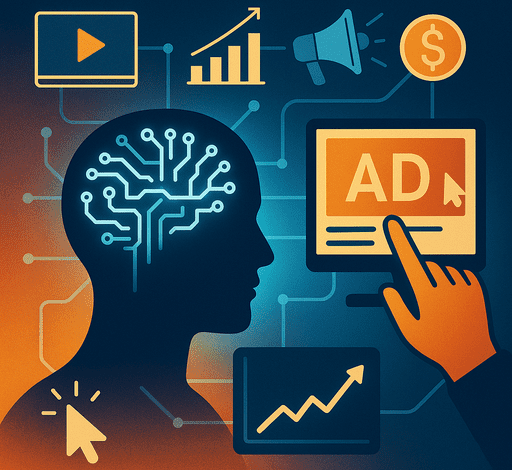
The digital media marketplace continues to expand and fragment. What began as desktop display ads now spans smartphones, laptops and tablets, as well as newer channels such as CTV, digital out-of-home, and retail media networks. Marketers face a growing challenge: where to spend, how to measure, and how to make sense of it all.
On top of that, privacy regulations are rewriting the rulebook. Traditional, cookie-based targeting is being phased out by consumers and regulators alike, yet marketers still need to reach relevant audiences – and do so effectively.
Meanwhile, major platforms Amazon, Google, and Meta offer advertisers access to almost unlimited volumes of data and closed-loop measurement on the performance of their ad placements. The dominance of these ‘walled gardens’ makes it harder for quality publishers to prove their value, threatening the sustainability of the open web and high-quality journalism.
It’s a lot for advertisers to navigate. But can AI help?
From blunt segments to dynamic signals
AI is revolutionising the creativity and effectiveness of advertising by automating the targeting, purchasing, design, distribution, and optimisation of ad campaigns.
One problem quality publishers have in competing with the walled gardens is that traditional data segments and creative ad servers are blunt, presumptive, and incapable of enabling the kind of precision decision-making that makes ads truly relevant to a user. These legacy technologies fail to leverage what’s truly valuable on a publisher’s page — content engagement — and turn it into advertising outcomes.
Legacy media buying relies on binary logic:
- You’re in-market or you’re not
- You’re a “sports fan” or you’re not
- You’re in the segment — or out of it
- And crucially, you’re often reached after the moment you were most interested
Media planning and buying have been based around bucketing customers into broad categories, meaning that decisioning within both targeting and creative is broad and misses all of the key nuances that are required to deliver meaningful experiences to users at the right moment.
This “Segment”-based approach is fundamentally flawed. In the first place, people aren’t static. Mindsets change by the minute. Context is dynamic. The same user can behave differently depending on their location, the content they’re reading, and their emotional state.
Segmentation can’t detect nuance like tone, sentiment, sarcasm, humour, or cultural cues. What’s more, the approach isn’t just outdated — it’s being legislated against. Recent court rulings in Brussels confirm that tracking-based advertising – the kind that builds profiles and targets users based on past behaviour – is now illegal under EU law. As regulations tighten and consumer expectations shift, the industry must move away from static segments and begin to listen to live signals.
From impressions to outcomes
AI is revolutionising digital advertising by enabling hyper-relevant experiences at the impression level, transforming premium media into a powerful outcomes channel. Today’s AI can understand the intricate relationship between a brand’s message and the environment in which it appears.
Using advanced agentic AI, technology now analyses both the webpage and the creative message in real-time, scoring how well they align, based on learnings from millions of ad creatives and every premium impression in the bid stream. This includes editorial content and visual imagery, as well as sentiment and tone of voice, ensuring alignment with brand messaging.
This scoring system allows us to understand a brand’s intended message within particular contexts. We consider and select the most relevant placements one by one; choose the perfect ad placement to enable the most relevant communication possible within the pivotal consumer moment.
Having helped find the right person at the right time, AI can then help deliver the right creative for each individual consumer. It does this by:
- Analysing millions of creative variations
- Finding and matching each one to its most relevant placement
- Translating and localising creative in real time to match the content’s language
- Continually adapting message variation based on real-time trends, topics, or sentiment
Legacy addressable technologies rely on broad categories – buckets of consumers grouped by shared attributes. However, true personalisation demands a deeper understanding of a user’s mindset and the ability to respond accordingly. Only modern, automated technologies can deliver this level of intelligent, one-to-one communication.
Agentic AI is enabling a better future for advertisers and consumers alike, where ad impressions aren’t simply commodities or clicks, they’re opportunities. A future where each impression is a potential moment for a brand to communicate in an authentic and relevant way and to deliver meaningful communication that delivers the business outcomes they need.
Above all, AI is allowing markets to rely on signals rather than segments and to build campaigns around relevance rather than repetition.





